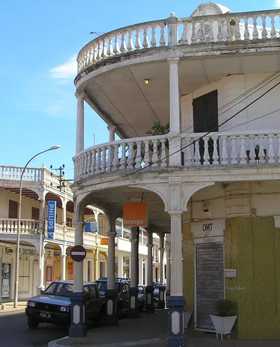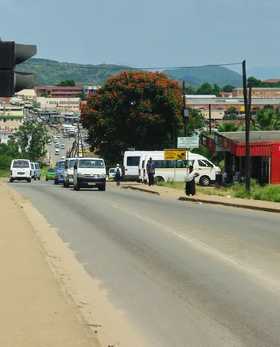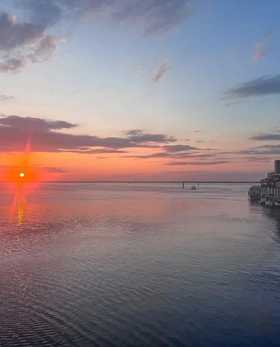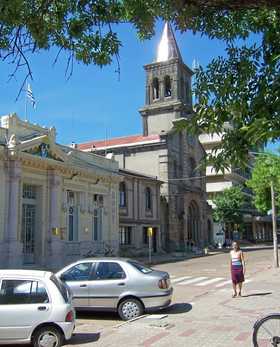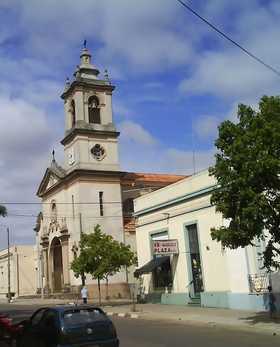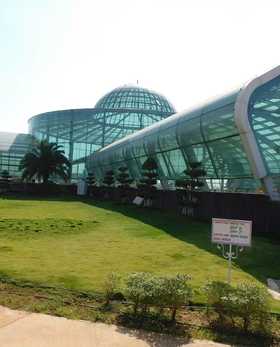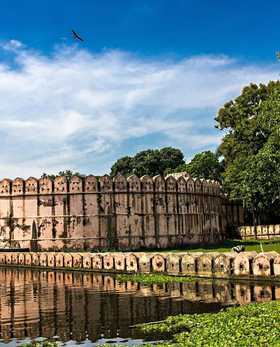Cost of Living in Vizianagaram - Updated Prices & Insights
Solo nomad: Estimated monthly costs are $204 (excluding rent), and $310 including rent.
Family of 3: Estimated monthly costs are $426 (excluding rent), and $693 including rent.
Citycost data is based on AI and user input – minor inaccuracies may occur.
Last update: November 22, 2025
